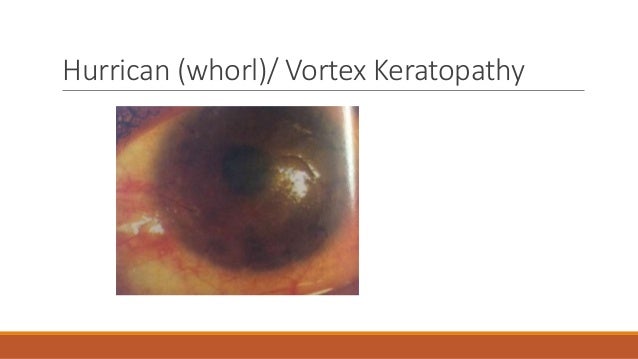

To avoid intraoperative miosis, epinephrine was added in the balanced salt solution (BSS) with the same amount in both surgeries. Surgical procedureĪ standard phacoemulsification surgical technique was performed in both eyes after dilating the pupils with phenylephrine and tropicamide. These findings ruled out keratoglobus and isolate megalocornea.

(B) Preoperative slit-lamp photograph of the anterior segment of both eyes showing cataracts and subluxation of the lens.Ĭorneal horizontal diameter (OD:15 mm OS:14.50 mm) central corneal thickness using the Pentacam (software version 1.17r24, Oculus, Wetzlar, Germany (OD: 0.406 mm OS:0.425 mm) white-to-white method (OD:13.4 mm OS:13.7 mm) axial length using an IOLMaster (Carl Zeiss Meditec AG, Jena, Germany) (OD:26.31 mm OS:26.26 mm) and the anterior chamber depth (OD:5.00 OS:5.20 mm) were measured. (A) Preoperative Visante anterior segment optical coherence tomography (OCT ) showing a very deep anterior chamber in both eyes. Gonioscopy revealed moderate pigmentation on the trabecular meshwork and open angle. The intraocular pressures (IOP), measured using an applanation tonometer, were OD 14 and OS 12 mmHg. His corrected distance visual acuity (CDVA) was 0.6 logMAR in both eyes (-6.50 -2.00 x 35 OD -4.50 -3.50 x 110 OS). It was not possible to measure the depth of the anterior chamber in the optical coherence tomography, since this depth was more than the program could measure ( Figure 1). CASE REPORT Preoperative measurementĪ 53-year-old man presented with cataracts, megalocornea, iridodonesis and mild lens subluxation in both eyes at the slim-lamp, with no ocular trauma, systemic diseases or iris atrophy. After a long follow-up period, the pupil remained dilated however, there was satisfactory vision acuity. Herein we report a case of a 53-year-old male with AM who developed unilateral UZS following cataract surgery.

Anormalies of the size of the cornea: anterior megalophthalmos. Cataract surgery in anterior megalophthalmos: a review. Anterior megalophthalmos (AM) is a rare disorder characterized by megalocornea (horizontal corneal diameter greater than 13 mm in adults), a very deep anterior chamber, stromal atrophy, subluxation of the lens, myopia and early development of cataracts ( 2 2 Galvis V, Tello A, Rangel MC. This condition often develops with the use of mydriatic drops provided during the postoperative period, a short period of high intraocular pressure or surgical trauma. Fixed, dilated pupil, iris atrophy and secondary glaucoma. Urrets-Zavalia Syndrome (UZS) was first described following a penetrating keratoplasty and has been associated with other ocular surgical procedures ( 1 1 Urrtes Zavalia A Jr.


 0 kommentar(er)
0 kommentar(er)
